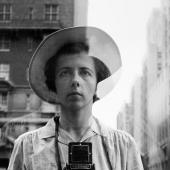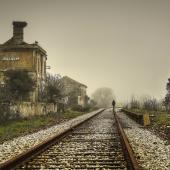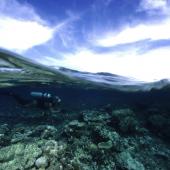Photography Basics
Before you start out as a hobby photographer with your camera, you should take the most basic technical basics of photography to heart. What is the shutter? What is the ISO value? When I turn on, what exposure time should I use? We provide you the basics for understanding the fundamental photography at hand.
Shutter
The shutter on the camera controls how much light falls on the image sensor. To create a properly exposed photo, the image sensor requires a certain amount of light. In case the result appears too light, too much light fell on the sensor - thus it is overexposed. Whereas with too little light on the image sensor, the picture can become too dark, so it looks underexposed. The shutter has the function, that it generates less depth of field the more it is opened up, and the more it is closed the more depth is created. The f-number indicates the relative shutter of the lens to the focal length. The more open it is, the smaller the number, for example shutter f/1.4. The more the shutter is closed, the higher its f-number, for example shutter f/11.
ISO Speed
The ISO sensitivity at digital cameras stands for the light sensitivity of the image sensor. Little ISO values are basically set in bright sunshine, about 100-200 ISO. The darker it is outside or in a room, the more it makes sense to increase the ISO value. With a high ISO value, images even with very little available light become possible. An increase in sensitivity means that less light is needed to expose the image properly. Thus, there is a linear relationship with the shutter value.
Exposure time
The exposure time controls how long the light falls on the image sensor. The longer the exposure time is set, the greater the risk, that the picture gets sharp or blurred. With the exposure time, the same motif can be reproduced in different ways. E.g., does one want to show moving water in a frozen or fluent way? If you want to freeze fast-moving objects in the image itself, you should use a low exposure time (for example 1/1000 sec.). If you want to show flowing water, you should choose a higher exposure time (about 1/160 sec.). In combination with the shutter (how much light can come in) and the exposure time (how long can light come in) the amount of light is managed.




